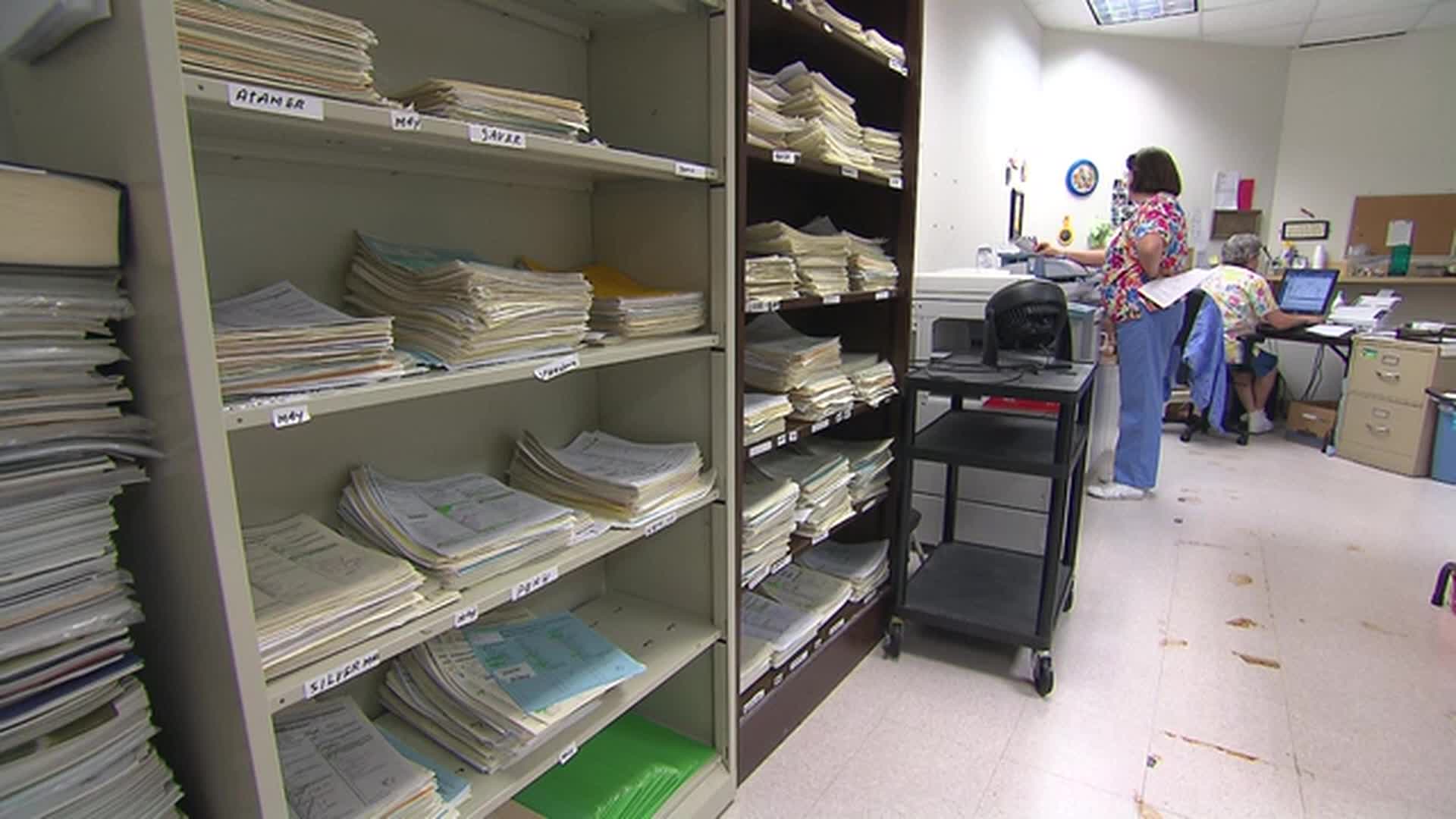Recent data indicates that the services sector in the United States experienced a contraction in May, signaling potential challenges for businesses as they navigate rising costs. This downturn has raised concerns among economists and industry leaders regarding the overall health of the economy and the sustainability of growth in the services industry.
The services sector, which encompasses a wide range of industries including hospitality, retail, finance, and healthcare, is a critical component of the U.S. economy. A contraction in this area often reflects underlying issues that could impact consumer spending and business investment. In May, various factors contributed to this contraction, including increased operational costs and persistent inflationary pressures.
Companies within the service industry have indicated that they are encountering increased costs for critical materials, impacting their overall earnings. These escalating expenses stem from various causes, like disruptions in the supply chain, a shortage of labor, and increased demand for products and services as the economy progressively rebounds from the effects of the pandemic. As costs rise, companies face challenging choices, such as increasing charges for customers or reducing provided services.
The contraction in the services sector also raises questions about consumer confidence. When businesses report lower levels of activity, it can lead to a hesitancy among consumers to spend, particularly on non-essential items. This could create a feedback loop where reduced consumer spending further exacerbates the challenges faced by businesses, leading to additional contractions in the sector.
Economists closely monitor the services sector as it is often seen as a bellwether for broader economic trends. The recent contraction may signal that the recovery is not as robust as previously hoped, prompting concerns about future growth. Analysts are now watching for indicators of whether this trend will continue or if it was a temporary setback influenced by seasonal factors or specific economic conditions.
In addition to rising prices, businesses are also grappling with the ongoing impact of labor market dynamics. Many sectors are struggling to attract and retain workers, leading to increased wages and benefits as companies compete for talent. While higher wages can benefit workers, they also contribute to the overall increase in operating costs for businesses, further squeezing profit margins.
As businesses navigate these challenges, many are exploring strategies to adapt to the changing economic landscape. Some companies are investing in technology to improve efficiency and reduce costs, while others are reevaluating their supply chains to mitigate disruptions. These adjustments may help businesses better position themselves for future growth, even in the face of rising prices.
The situation in the services sector also has implications for policymakers. If the contraction persists, it could prompt discussions about monetary policy and potential interventions to support economic stability. Central banks may consider adjusting interest rates or implementing other measures to stimulate growth and curb inflationary pressures.
Looking ahead, the path for the services sector will depend on several factors, including consumer behavior, labor market conditions, and the broader economic environment. As businesses continue to face inflationary challenges, their resilience and adaptability will be crucial in determining the sector’s trajectory. Stakeholders across the economy will be watching closely to see how these dynamics unfold in the coming months.
Ultimately, the contraction in the U.S. services sector in May reflects a complex interplay of economic forces. While higher prices pose significant challenges for businesses, strategic adaptations and effective policymaking could help mitigate these issues and support a path toward recovery. As the economy evolves, understanding these trends will be essential for businesses, consumers, and policymakers alike, ensuring that they can respond effectively to the changing landscape.


